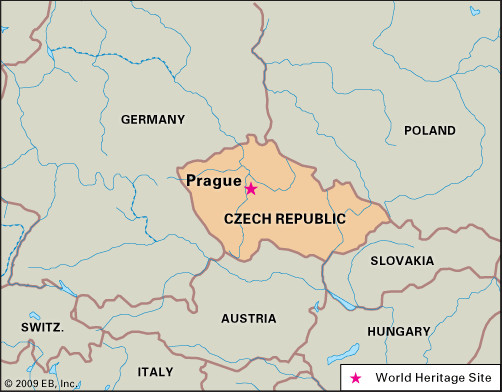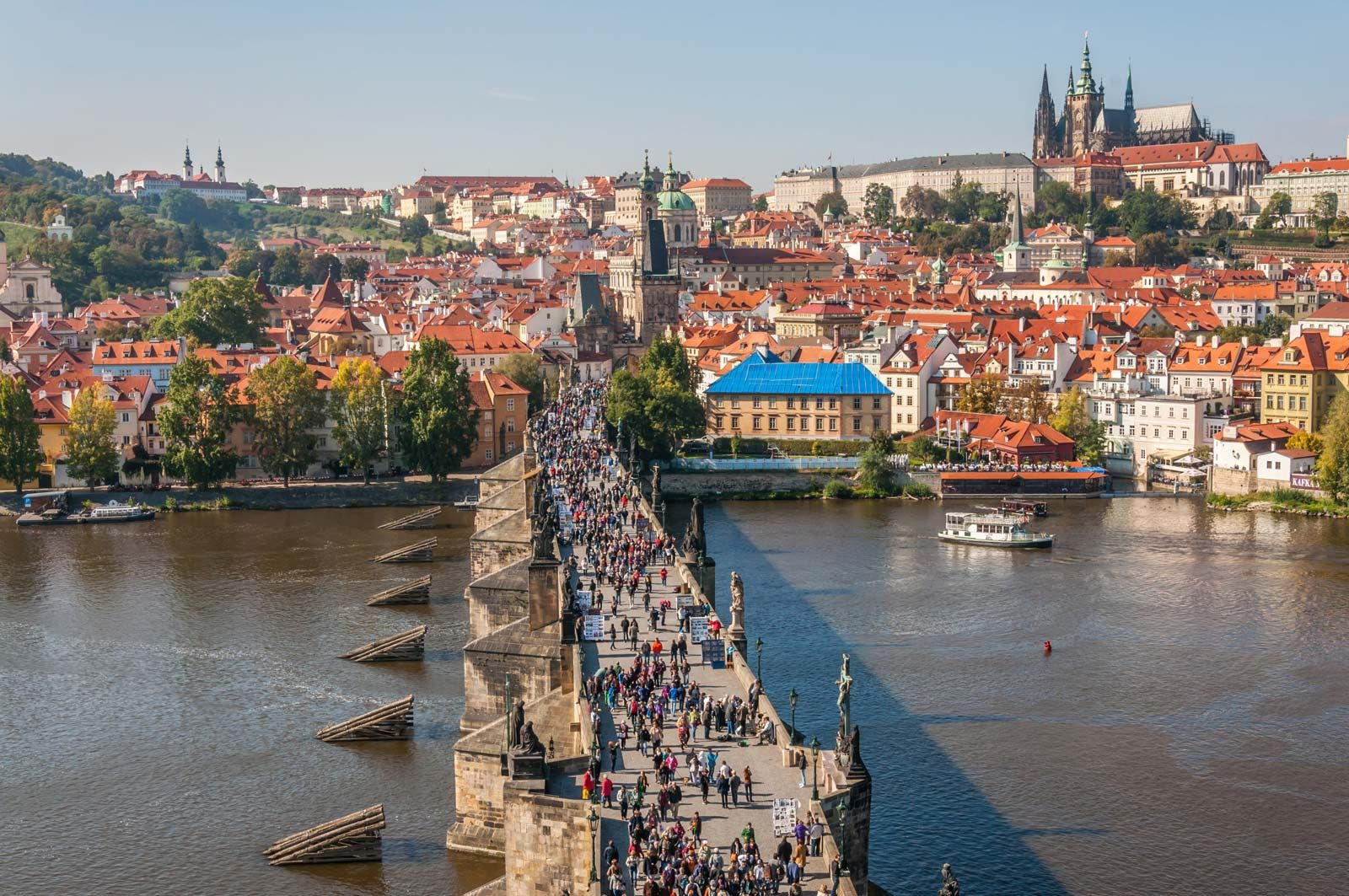 Location of Prague in the Czech Republic, Central Europe
Location of Prague in the Czech Republic, Central Europe
Prague, a city of immense historical and cultural significance, is the capital of the Czech Republic. Nestled geographically in the heart of Europe, Prague stands as one of the continent’s most captivating urban centers. Its location has been pivotal in shaping its rich heritage as a major economic and cultural hub in the Czech lands and broader European context. For those wondering “Where Is Prague located?”, it lies in the western part of the Czech Republic, within the historical region of Bohemia. This central European setting has made Prague a crossroads of cultures and events for over a millennium.
Prague’s Strategic European Location and Historical Context
To pinpoint exactly where Prague is, consider its position in Central Europe. The city is strategically situated on the Vltava River, which winds through Bohemia. This riverine location has been fundamental to Prague’s development as a trade and settlement center throughout history. Prague’s central European position placed it at the crossroads of significant historical currents, influencing its architectural and cultural evolution. Being in Bohemia, a region with a rich and often turbulent past, Prague’s identity is deeply intertwined with the broader history of Central Europe.
Architectural Landmarks in the Cityscape of Prague
Prague’s physical beauty is undeniable, characterized by a wealth of landmarks that draw visitors from across the globe. Dominating the cityscape is the majestic Prague Castle (Hradčany), perched high upon a hill overlooking the left bank of the Vltava River. Across the water, the iconic Charles Bridge (Karlův most) gracefully spans the Vltava, offering breathtaking vistas and connecting historic districts. The Vltava itself, with its meandering path and numerous bridges, provides a stunning backdrop to the city’s architectural tapestry. Contrasting with the grandeur of Prague Castle and Charles Bridge are the charming narrow streets, traditional taverns, and restaurants found in Prague’s old quarters. In contrast, Wenceslas Square presents a broad, modern expanse, alongside contemporary parks and residential areas. The city is also adorned with elegant 18th-century Baroque palaces, contributing to Prague’s famed architectural harmony. From the hills surrounding Prague, the countless church towers create a distinctive skyline, earning the city the moniker “city of a hundred spires.” This carefully curated architectural landscape, preserved and enhanced through post-1945 urban planning, led to the historic center of Prague being recognized as a UNESCO World Heritage site in 1992.
 The iconic Charles Bridge in Prague spanning the Vltava River, a famous landmark
The iconic Charles Bridge in Prague spanning the Vltava River, a famous landmark
Cultural Vibrancy and Enduring Legacy of Prague
Beyond its geographical location and architectural splendor, Prague is celebrated for its vibrant cultural life. The city has been a magnet for artistic genius, famously hosting Wolfgang Amadeus Mozart, whose “Prague Symphony” and opera “Don Giovanni” premiered here. Prague also deeply cherishes the legacy of Czech composers like Bedřich Smetana, Antonín Dvořák, and Leoš Janáček, whose lyrical music is celebrated annually at the Prague Spring International Music Festival. Literary figures too are intrinsically linked to Prague’s cultural identity. The beer parlor U kalicha, immortalized in Jaroslav Hašek’s “The Good Soldier Schweik,” remains a popular spot. Similarly, the profound and often introspective writings of Franz Kafka are indelibly associated with the atmosphere of Prague. This rich blend of music, literature, and historical ambiance makes Prague a uniquely compelling cultural destination.
In conclusion, Prague is located in the western Czech Republic, at the very heart of Europe. Its central position has fostered a remarkable city, rich in architectural wonders and cultural heritage. From the Charles Bridge to Prague Castle, and from Mozart to Kafka, Prague offers an unparalleled European experience. Its location is not just a geographical coordinate, but a cornerstone of its identity as a truly significant European capital.


